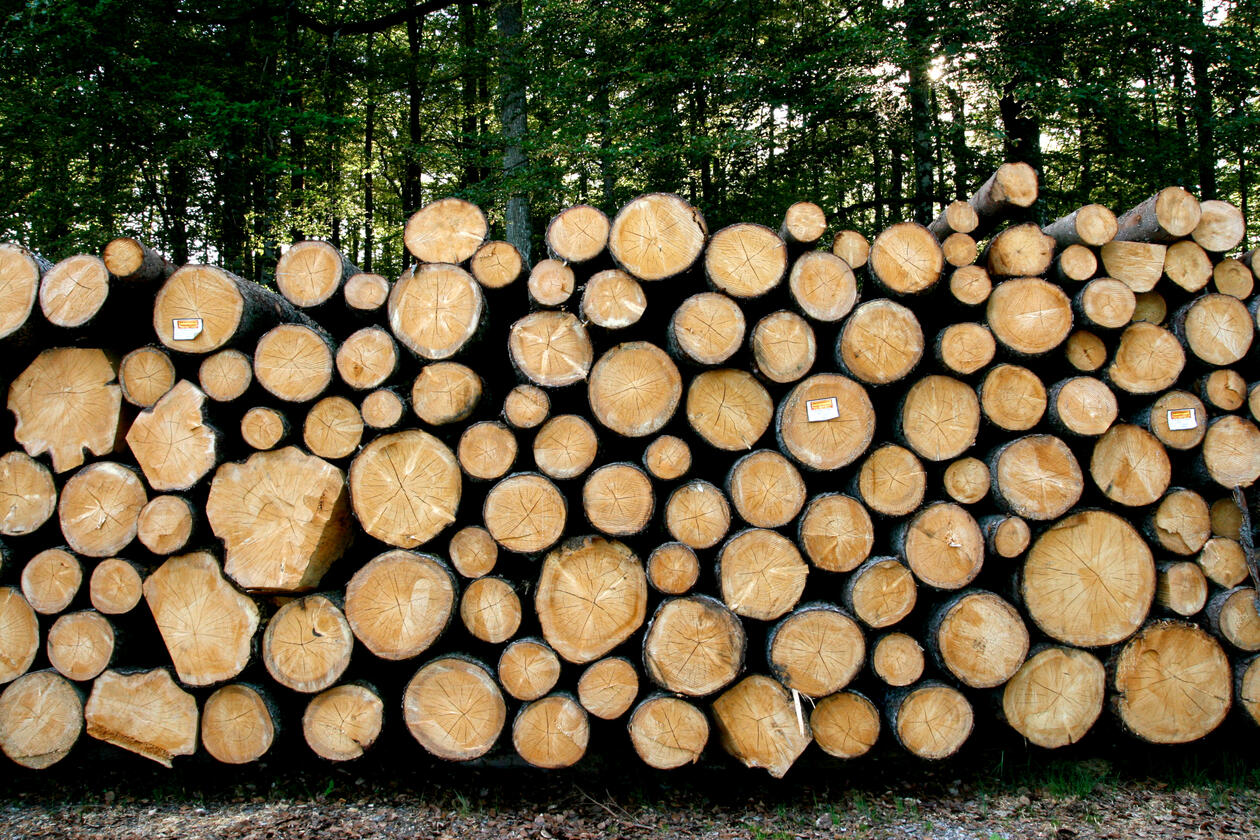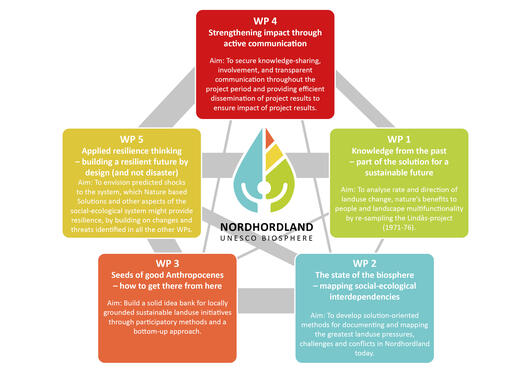Survey on landscape values in two Nordic UNESCO Biosphere Reserves
Researchers from UiB are collaborating with the Nordhordland Biosphere Reserve and Alver municipality in a project on Nature’s Contributions to People. The main purpose is to understand how people benefit from nature in two Nordic UNESCO Biosphere Reserves, Nordhordland and Kristianstad Vattenrike in Southern Sweden.

Main content
Klikk her for norsk versjon Klicka här för svensk version
For this project, an online survey has been launched, inviting residents and visitors of the Nordhordland and Kristianstad Vattenrike Biosphere Reserve to participate and share what benefits they receive from nature. The survey asks about the places in the reserves where they go to receive these benefits and why these places are important to them.
In the survey, participants are invited to locate places on a map. This approach is known as “participatory mapping”, which can be used to integrate multiple stakeholder perspectives into landscape planning. The method of Public Participation Geographical Information Systems (PPGIS) can help highlight ecosystem benefits to people and how these are distributed in a heterogeneous way. This provides insights into how a landscape meets the needs of different people and has multiple functions for society.
This study is developed in dialogue with the Nordhordland UNESCO Biosphere Reserve administrating office and Alver municipality, as well as the Biosphere Office at Kristianstad municipality, which manages the Kristianstad Vattenrike UNESCO Biosphere Reserve. The lead researcher is Katja Malmborg, together with BIOSPHERE project leader Inger Elisabeth Måren, researcher Jarrod Cusens and technician Silje Östman. The survey is part of the ongoing project ”BIOSPHERE: Activating local resources; cultivating regional cooperation for sustainable land-use” that aims to strengthen social-ecological resilience in peri-urban and rural Norway. The study builds on previous research in Nordhordland about Nature’s Contributions to People, conducted by Jarrod Cusens and Alicia Donnellan Barraclough.
The study applies a mixed methods approach. First, the online survey will collect two types of data: (1) Georeferenced data points about nature’s benefits to people through using PPGIS; (2) 5 survey questions about places that are special to the participant, including an invitation to upload a photograph of the place (so-called photo elicitation). Second, residents and visitors will be invited to take part in a short in-person or virtual interview, also focusing on places that are special to them. In addition to assessing the benefits from nature to people in the biosphere reserves, the aim of this mixed methods approach is to explore the diversity of benefits and values that may be captured using the different methods and the extent to which the methods complement each other.
The results of the surveys and interviews will provide information about the different contributions of nature that are valued by people in the respective regions. In addition to Nordhordland and Kristianstad Vattenrike, similar studies will be conducted in two other Nordic UNESCO Biosphere Reserves, Vindelälven-Juhttátahkka in northern Sweden and the Archipelago Sea in southern Finland. This will allow comparison of the results between these four Nordic Biosphere Reserves, and it will further increase our methodological knowledge of participatory mapping.




